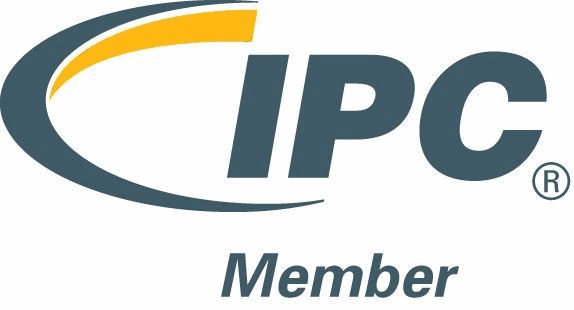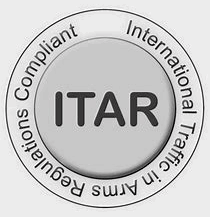The surface mount technology (SMT) industry is a realm of perpetual evolution. Regardless of one's years of experience in SMT, there is always something new to learn. For instance, a remarkable fact emerges even after decades of SMT production: less than 10% of companies achieve a first pass yield of over 90%, leading to excessive rework for the overwhelming majority of EMS providers. Clearly, there is a pressing need for continued optimization and improvement.
Defects, the perennial concern, give rise to increased costs and diminished reliability. To meet delivery deadlines, defects demand rework, which, unfortunately, undermines the overall reliability of the final product. Excessive heating of solder joints during rework results in the thickening of the intermetallic layer (IMC). While the IMC is essential for a reliable component-board bond, excessive thickness can prove detrimental, making it brittle and prone to early failures. Of course, field returns don’t look very good for companies that want to be known for quality.
The challenges in achieving high yields have further escalated with the advent of fine- and ultra-fine-pitch components, high-pin-count ball grid arrays (BGAs), and the widespread adoption of no-clean flux and lead-free materials. The use of lead-free compounds only increase these yield problems. However, it is unfair to solely attribute these yield issues to manufacturing - such blame games hinder the implementation of necessary corrective actions.
In reality, responsibility for defects lies collectively across the company, transcending job titles and departments. Whether one works in engineering, manufacturing, quality, purchasing, or management, the shared responsibility for quality and cost is clear. Each group contributes to quality and reliability in its own way, and no single group can solve this intricate challenge on their own.
An overarching perspective reveals three major areas that critically impact quality: design for manufacturing, the quality of incoming materials, and the manufacturing processes themselves.
- 1.) Design for manufacturability (DFM) is a vital driver, if not the most crucial, in achieving high manufacturing yield. However, only a few circuit and board designers possess a deep understanding of manufacturing processes. A company-specific DFM document becomes paramount, and leveraging industry standards such as IPC-7531 provides an excellent starting point. A well-crafted DFM should encompass crucial aspects like design rules and guidelines, component selection criteria, paneling considerations, fiducial requirements, land-pattern design, solder-mask considerations, via-hole locations, design for test, and any unique factors specific to the design. Read more on the importance of DFM here: DFM: Your Ticket To Quality, Cost Savings And Happy Customers
- 2.) The quality of incoming materials is directly influenced by the vendors supplying components, boards, solder paste, flux, and other vital elements. The responsibility for vendor selection often rests with the purchasing manager, who may prioritize cost over quality and overall cost considerations. However, the saying "garbage in, garbage out" holds true in SMT assembly, especially as component pitches shrink and process windows tighten. It is imperative to refer to industry standards like J-STD-002/003.
- Manufacturing processes play a pivotal role in utilizing process control to ensure consistent quality. While process controls and equipment programming contribute to defect reduction, they cannot entirely eradicate design- and material-related issues. A thorough characterization of equipment and understanding the key variables that influence yield are essential. This requires time and effort, which larger companies can afford by assigning multiple engineers to the task. Smaller companies often adopt a "learn as you go" approach due to resource constraints. It is essential to recognize that not all claims made by vendors hold true—for example, each board's unique thermal mass necessitates a customized profile rather than relying solely on paste manufacturer recommendations.
Manufacturing faces an array of challenges, particularly with the widespread usage of BTCs (bottom terminated components), BGAs, and fine pitch components. To achieve high yields and reduce costs, companies must supplement their endeavors with in-house DFM and manufacturing process documentation.
Additionally, well-trained personnel across all levels, from operators to technicians and engineers, are indispensable. Top management bears ultimate accountability for quality, reliability and cost, therefore, it is up to them to ensure employees are properly trained and have detailed, in-house documentation available for all to perform well in their position.
Again, the SMT industry is constantly evolving and improving - and staying on top of these improvements is vital. By prioritizing DFM, the quality of incoming materials, and robust manufacturing processes, companies can enhance yields and reduce costs. Collaboration across departments and a holistic understanding of each area's impact on quality are pivotal. Embracing driving factors for improvement empowers companies to overcome challenges, bolster product reliability, and gain a competitive edge.




